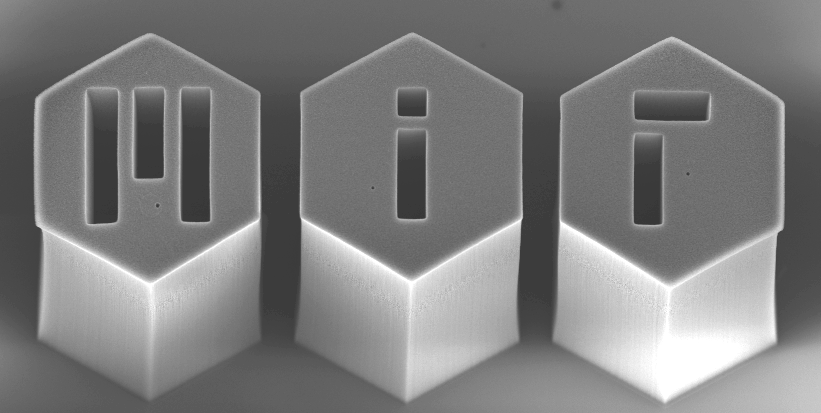A.J. Hart, A.H. Slocum, J. Sutin. J. Int’l. Soc. Precision Engineering and Nanotechnology, 28:443-458, 2004. [http://dx.doi.org/10.1016/j.precisioneng.2004.01.002]
[PDF]
The design and prototype tests of a segmented and shielded instrumentation structure, based on tube modules connected by canoe ball type kinematic couplings, are presented with application to a high-precision microscope for biological science experiments. The segmented tube design is shown to be significantly less sensitive to deformation from uneven thermal disturbances than a single tube structure. The gaps between the tube segments relieve thermal strains and restrict axial heat conduction, and the large-radius kinematic couplings provide high thermal resistance interconnects without significantly degrading structural stiffness. Simulation results, based on two- and three-dimensional models of heat conduction, are verified with experimental measurements of prototype structures and are used to predict the dependence of the tilt error on the geometry, boundary conditions, and material properties of the tubular segments. Adding layers of low-cost foam insulation and thin metal shielding to the walls of the structure further improves performance. Kinematic couplings could allow the structure to be disassembled and reassembled without re-calibration, and thus, pre-calibrated tube modules with different components could be easily and quickly interchanged between experiments.
Disclaimer: The PDF document on this webpage is provided for educational and personal purposes alone and is subject to copyrights of the publisher.

